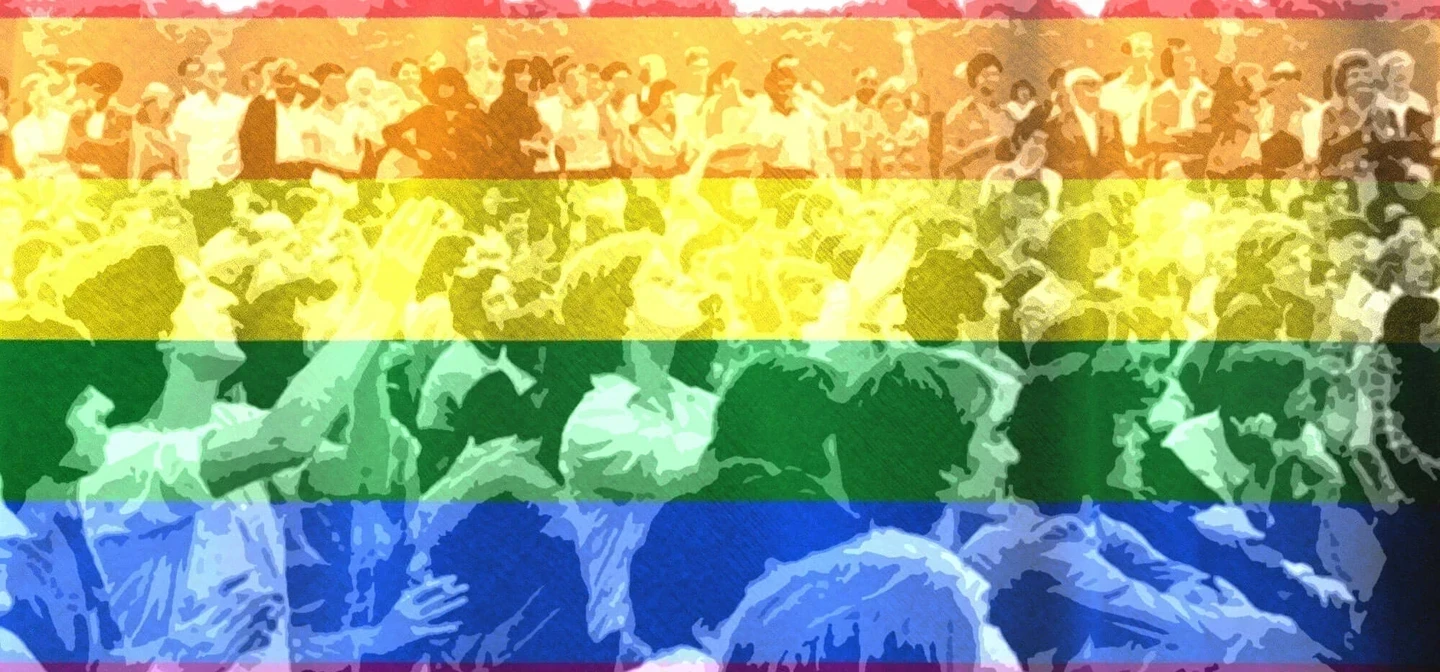
The history of Gay Pride at Hyde Park, London
On 1st July 1972, a crowd of a few hundred people marched from Trafalgar Square to Hyde Park, making a stand for gay people everywhere.
This landmark event in LGBTQ+ history also forms an important chapter in the story of Speakers’ Corner – an area of Hyde Park that has been used by protestors since the mid 1800s.
From suffragettes and socialists to anti-war protestors and the Black Lives Matter movement, Speakers’ Corner has borne witness to many major social and political movements in British History. That first Pride march in 1972 was another such milestone.
Stonewall and the Gay Liberation Front
The march was organised by the Gay Liberation Front (GLF), a group first formed in New York following the Stonewall Riots of 1969. These took place following a police raid on a gay bar in Manhattan’s Greenwich Village. The LGBTQ+ community there – sick of discrimination and brutality at the hands of authorities – decided to make a stand.
Their uprising sparked a wave of protest and inspired the formation of new groups demanding equal rights for gay people. In 1970, the first Pride marches took place in cities across the US – and London wasn’t far behind.
Liberation in London
In the UK, the gay community also faced prejudice, despite the Sexual Offences Act of 1967 which had partially decriminalised homosexual acts. A British chapter of the GLF was formed in 1970, holding its first meeting at the London School of Economics Library in London.
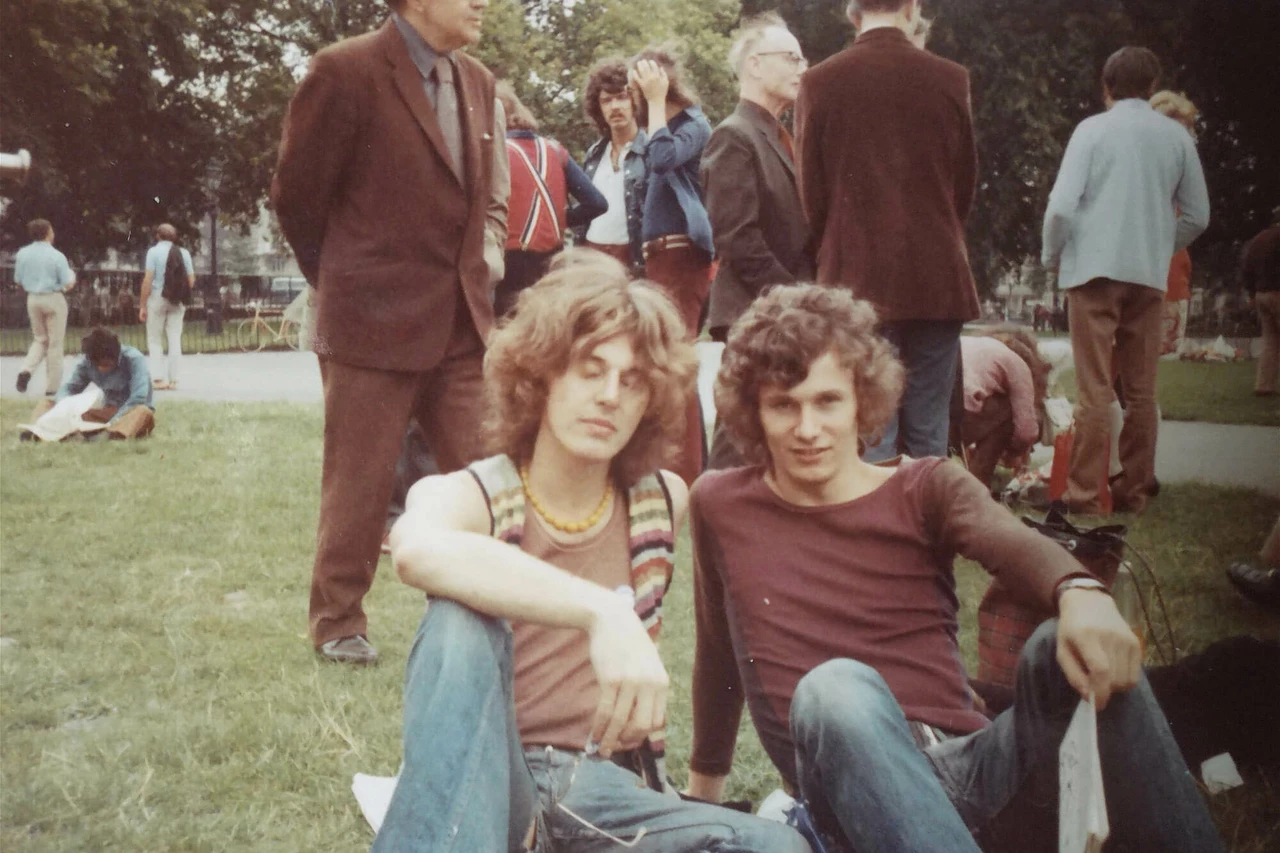
Interview with a Pride veteran about the first pride in 1972
Present at those early London meetings of the GLF was Simon Watney – a veteran of the gay rights movement who also attended the first march to Hyde Park in 1972.
Simon was a student at Sussex University when he first got involved with GLF. Through his friend, Bob Mellors, he heard exciting talk of a new organisation coalescing in the capital and it wasn’t long before he joined in, attending the meetings at LSE with his boyfriend, Mark.
‘We were both young and had grown up with the double standards that were around’, says Simon. He continues: ‘The sixties were only swinging for heterosexuals, not for lesbians or gay men. The law was unfair and it had been for a long time. It was inevitable that sooner or later there would be an uprising – there was a widespread sense of inequality and injustice and, cumulatively, many people said enough is enough. GLF was a result.’
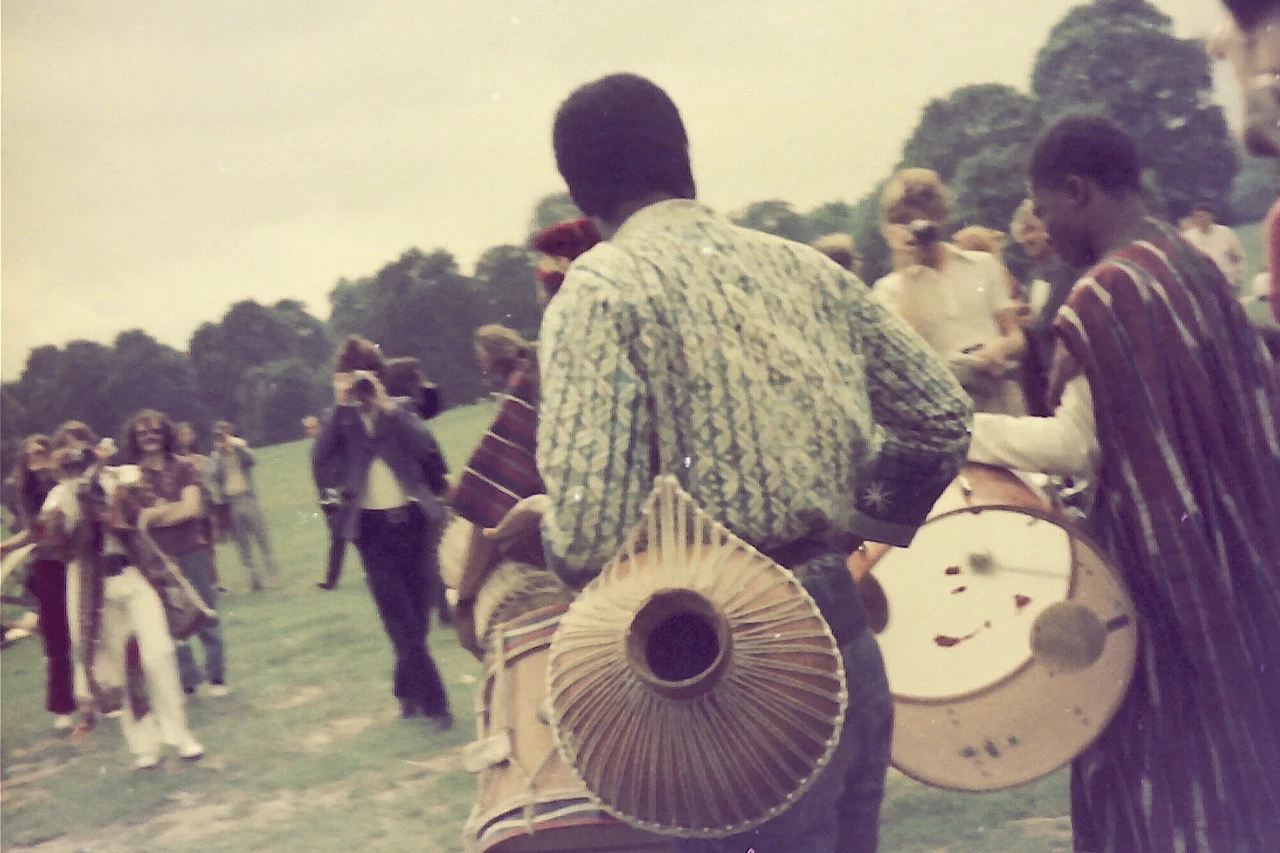
When asked how it felt to get involved with GLF, Simon replies: ‘shattering’. ‘For a young person’, he explains, ‘you saw hundreds and hundreds of people like you in one space. It wasn’t just one little group – for the first time, you felt just like everyone else. It was very important, as it gave individuals a sense of their own dignity and an active sense of belonging to a social constituency.’
Simon took part in the first Pride march on 1st July 1972. Recalling the mood, he describes a mix of defiance and festivity: ‘It was political, but also fun – there was at least one band playing West Indian music, people were dancing and chanting, it was empowering.’ He remembers walking down Piccadilly being watched by crowds of tourists, some of whom took offence and hurled abuse, with a few even spitting at the marchers.
‘Part of the reason for the march was perhaps to deliberately offend some people’, Simon says. ‘We needed to be sufficiently confident in our beliefs not to be offended.’ Some parts of the gay and lesbian communities condemned the march, feeling that it could attract negative attention.
For others, says Simon, it was a ‘great big surplus overflow of energy, enthusiasm and fun – partying in the streets, determined not to accept the status quo.’
Speakers’ Corner
When asked about the relevance of Speakers’ Corner as a gathering point, Simon reflects: ‘Hyde Park is a public space where the history of dissent is deeply embedded. It is one of the wonders of London. We walked past Speakers’ Corner, where rallies have long taken place.’
He notes that some of his Edwardian ancestors fought for women’s votes and reflects that some of them might have joined the large rallies that the suffragettes famously held in the same part of Hyde Park. ‘There’s an invisible history there’, he says.
The Legacy of the Gay Liberation Front
GLF was not just about marches. Simon recalls the parties held at town halls in Camden, Chelsea and Hammersmith and the special interest groups for gay people that sprung up – ‘groups for gay teachers, gay hikers, gay stamp collectors’. These helped to create a sense of community and belonging.
When asked to reflect on the legacy of the GLF and the movement it galvanised, Simon responds: ‘It was one of the happier outcomes of the last 50 years, along with the formation of the NHS. It was long overdue.’ He notes, though, that things didn’t change instantly – it was a long half-century, and much legislation had to be passed to ensure that equal rights were achieved.

Looking back at Pride over the years
‘I look back on it now as a very remarkable moment in time’, says Simon. 'Later in my life I was personally very involved with setting up a campaigning group called Outrage at the heart of the Aids crisis – again, this was a time of enormous injustice and anger about the response to the epidemic. Along with GLF, these are the two moments in my life I think of as political but also celebratory in an affirmative way.’
When asked how the courageous activism of he and his fellow veterans should be remembered, Simon reflects: ‘I look back on the long-haired boy I was and feel that we all have cause to be proud, as we collectively made something happen against the grain of society as a whole. We didn’t accept other people’s double standards. As a group we asserted – and continue to assert – our role in the world.’
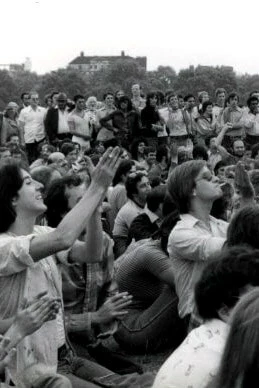
Pride in the UK today
Today, Pride is widely celebrated in London and across the country with marches, campaigns and parties. The capital is turned into a sea of rainbow flags. How does this make Simon feel? ‘Gay pride is something we can all be proud of. It’s about everyone, and it’s still very much needed: creativity, energy, kindness, open-mindedness, generosity, inclusivity, sanctuary. The bigger the better, every year!’
This year’s Pride Parade will take place this July, when over 30,000 people will march from Hyde Park Corner to Whitehall. How much has changed in the 51 years since 1972!
-
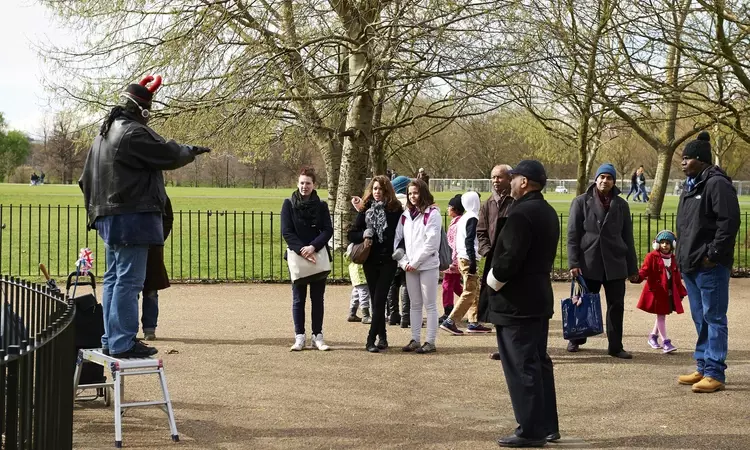
Speakers' Corner
Speakers' Corner is a traditional site for public speeches and debates since the mid 1800's when protests and demonstrations took place in Hyde Park.
Related Articles
-
 Watch
WatchSpring walkthrough: Hyde Park
Take a quick tour through Hyde Park in spring with this mapped walking route, showing some of the park's highlights.
-
 Listen
ListenHelping Nature Thrive
In this episode, host Kristen Mueller delves into the many ways that we can help nature thrive in the parks.
-
 Read
ReadThe best nature walks in London
A selection of the best nature walks in London for you to enjoy